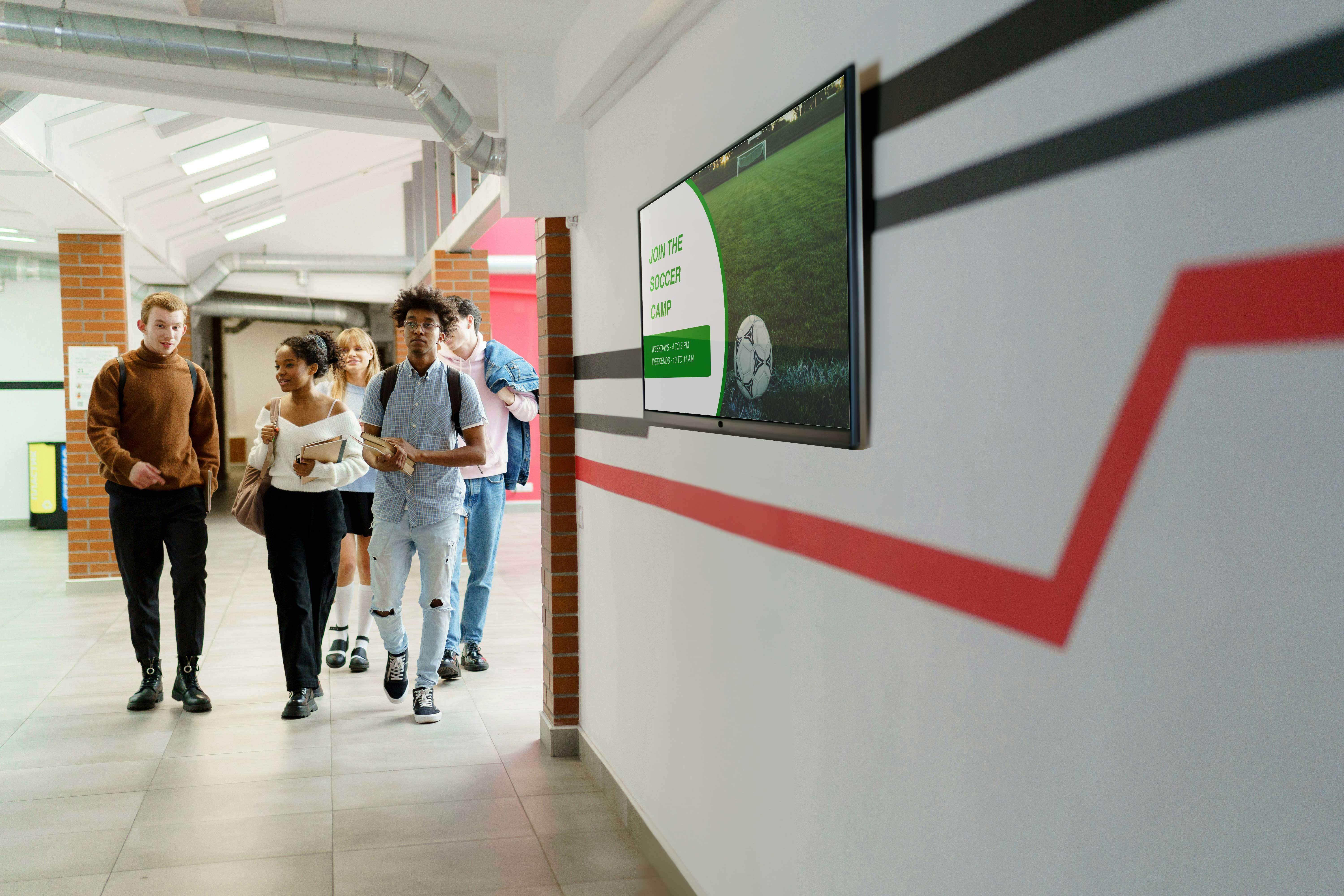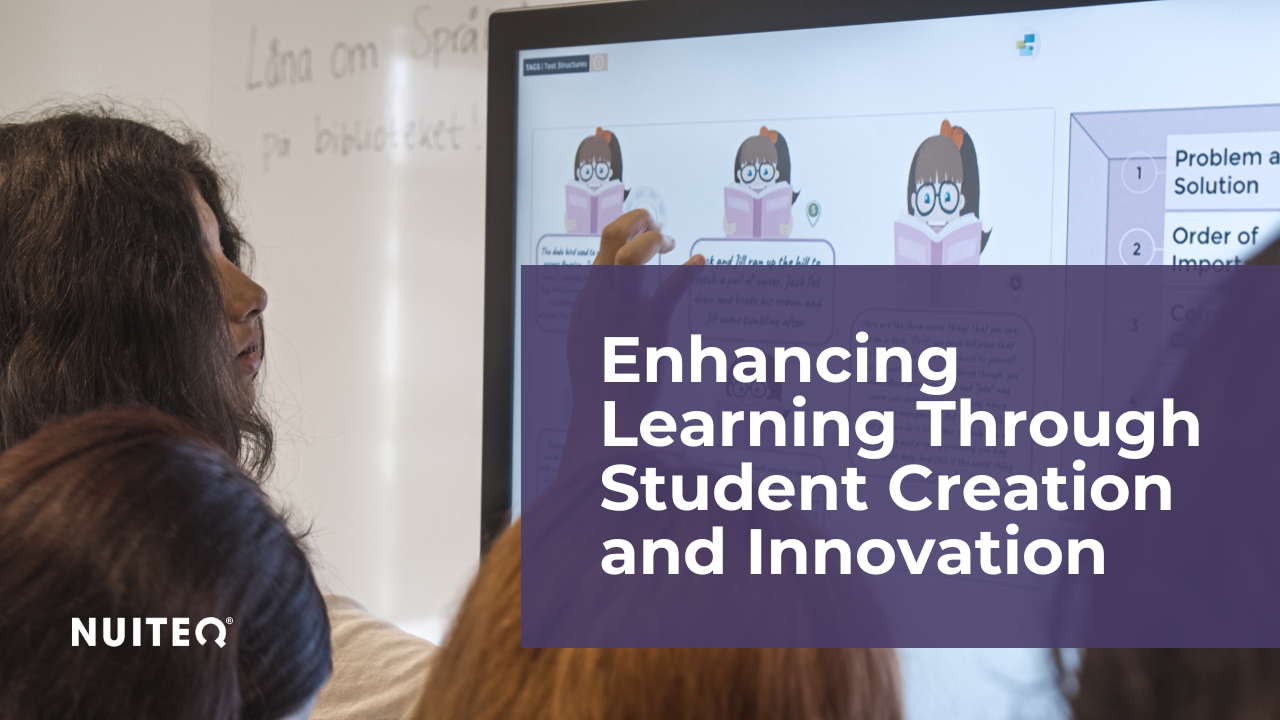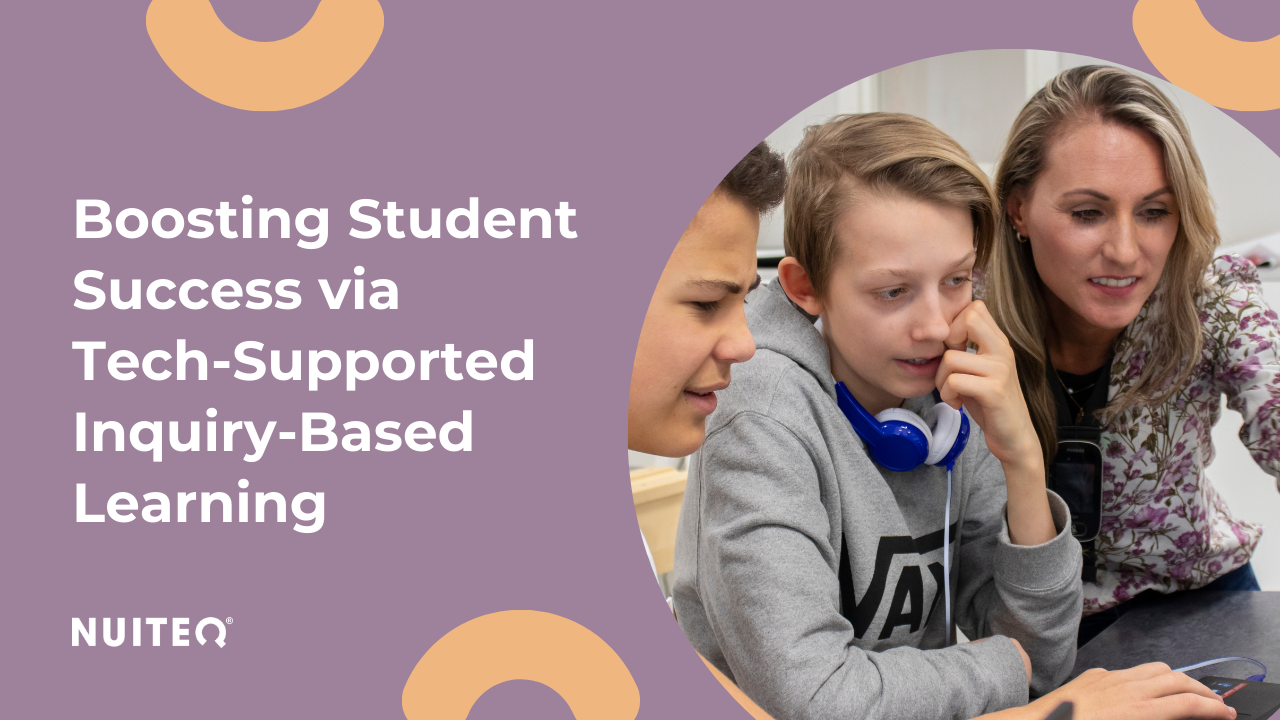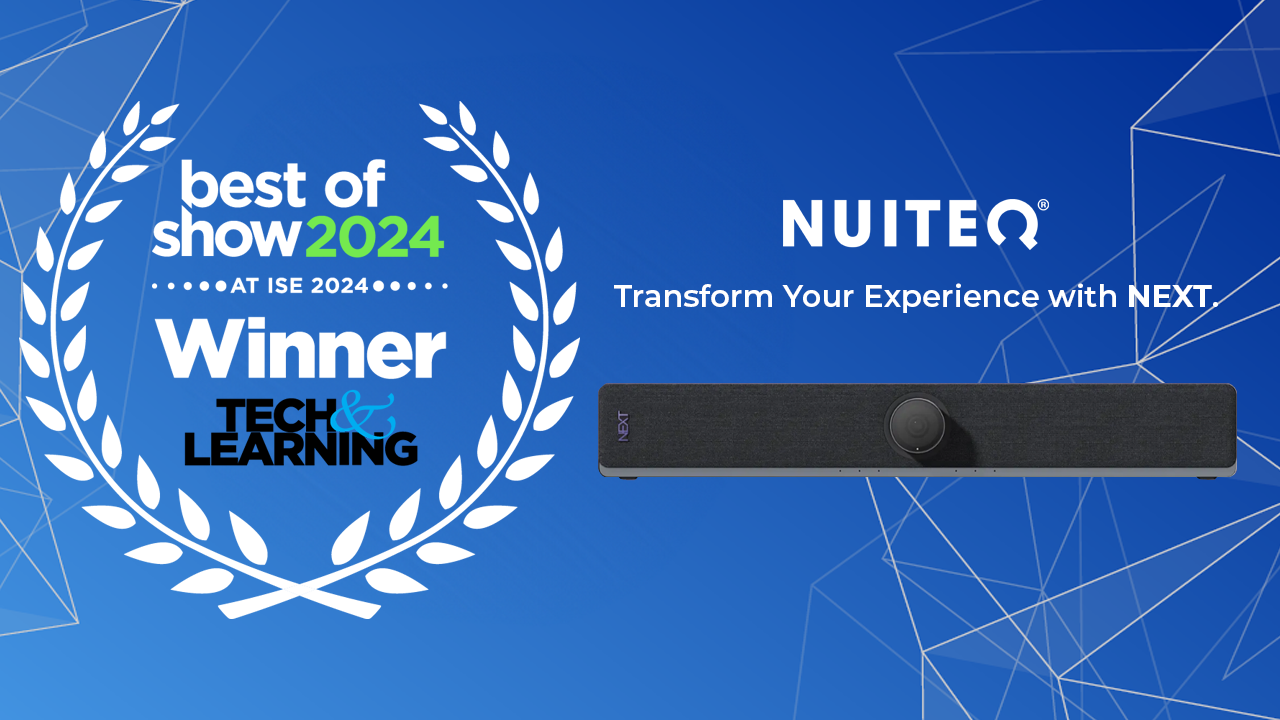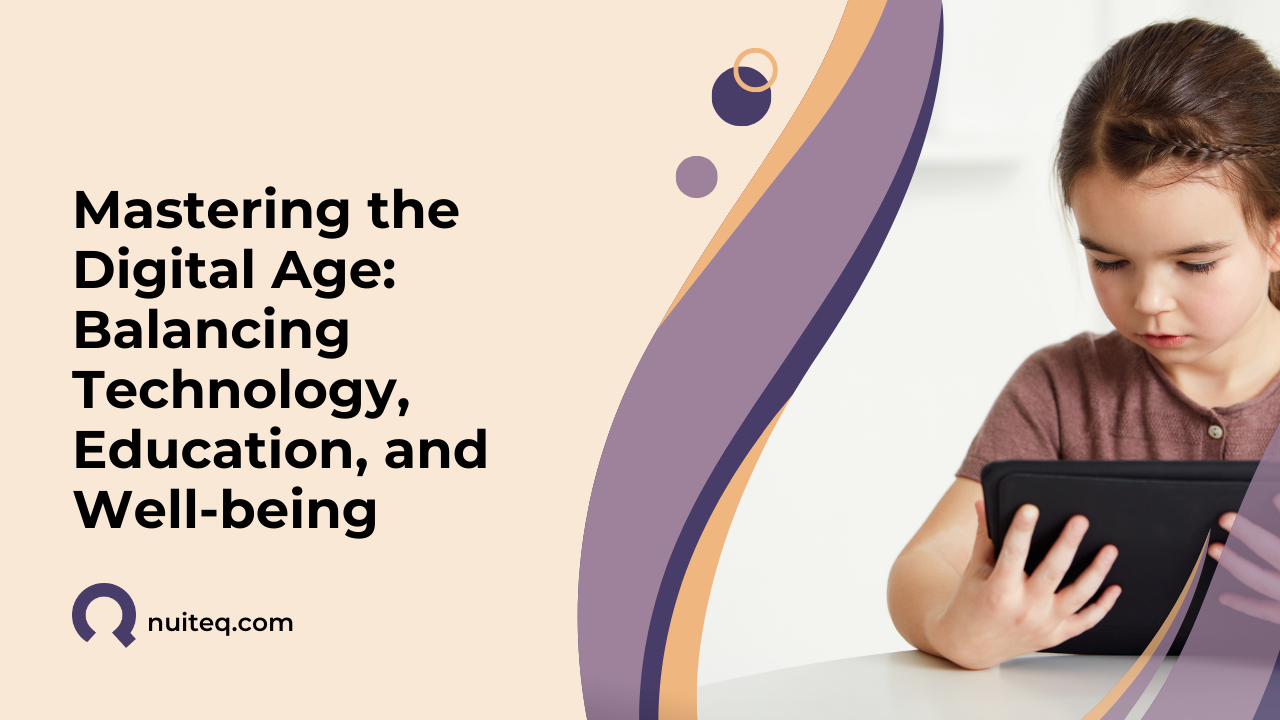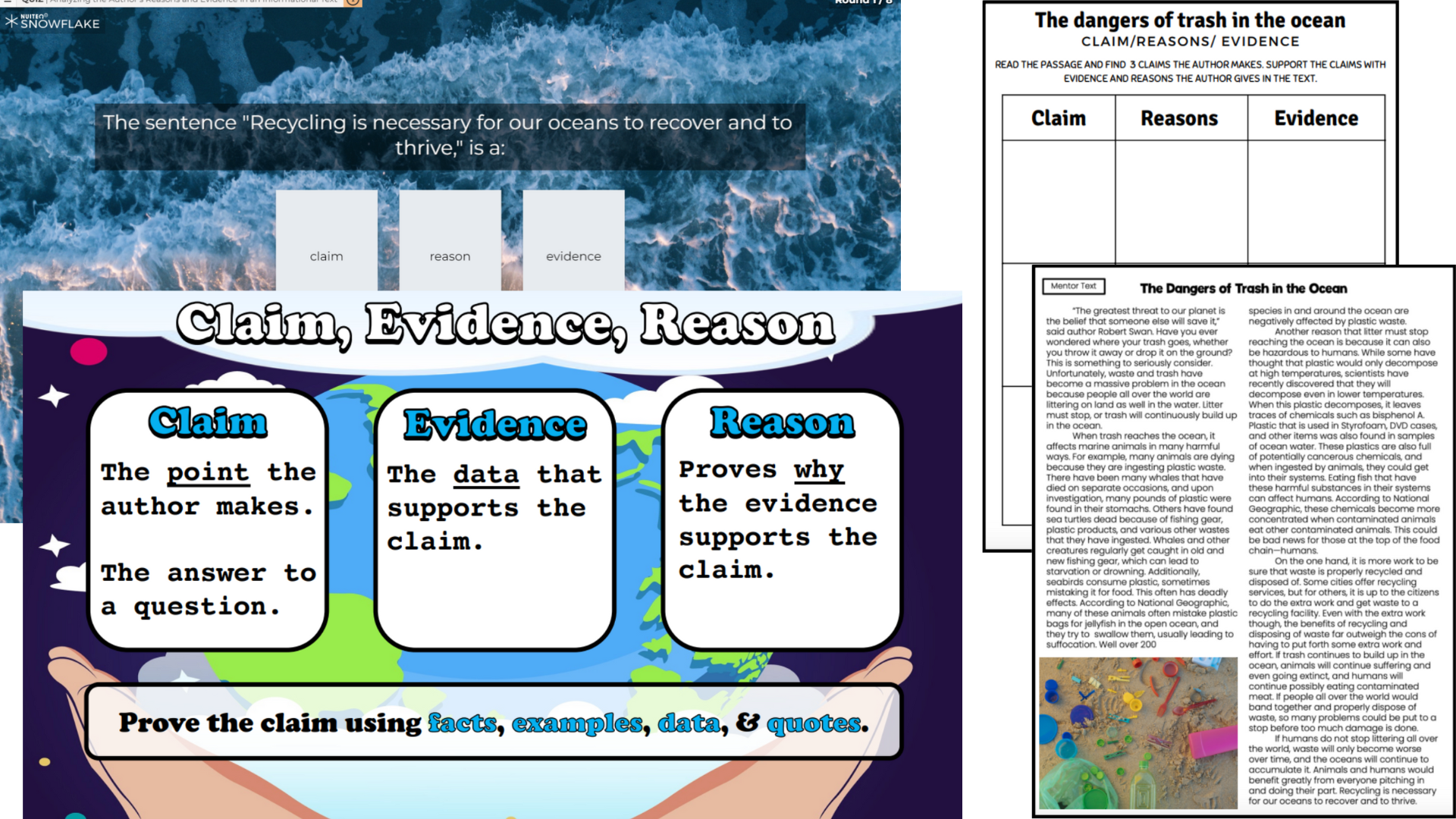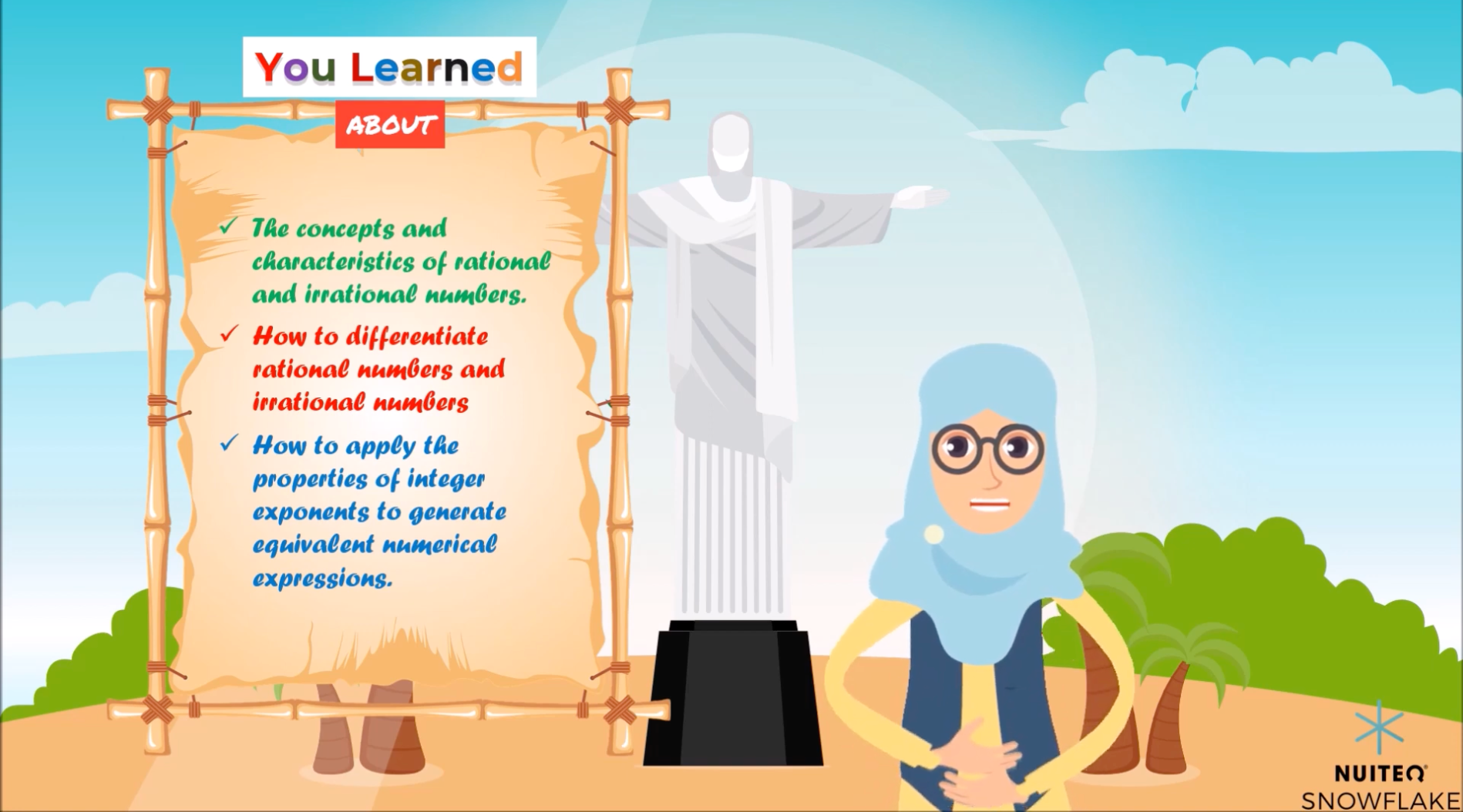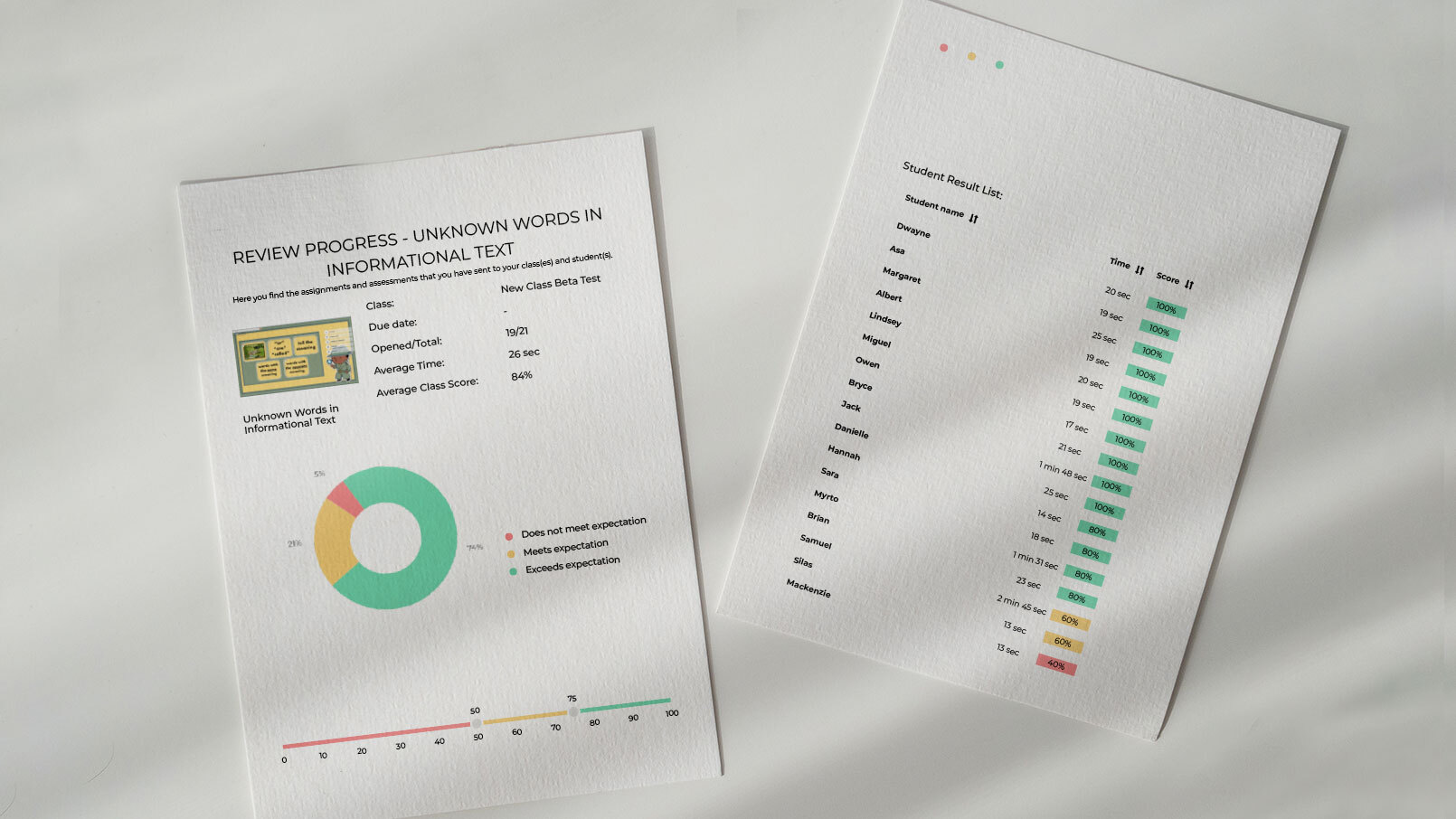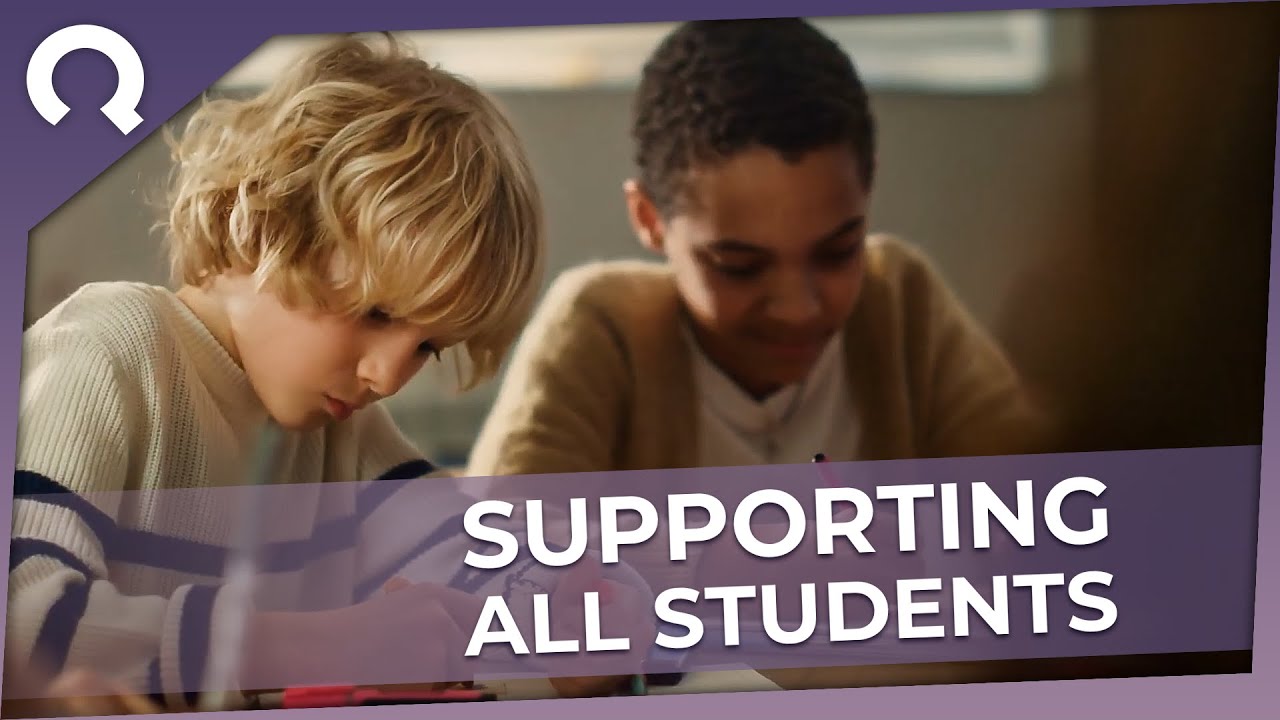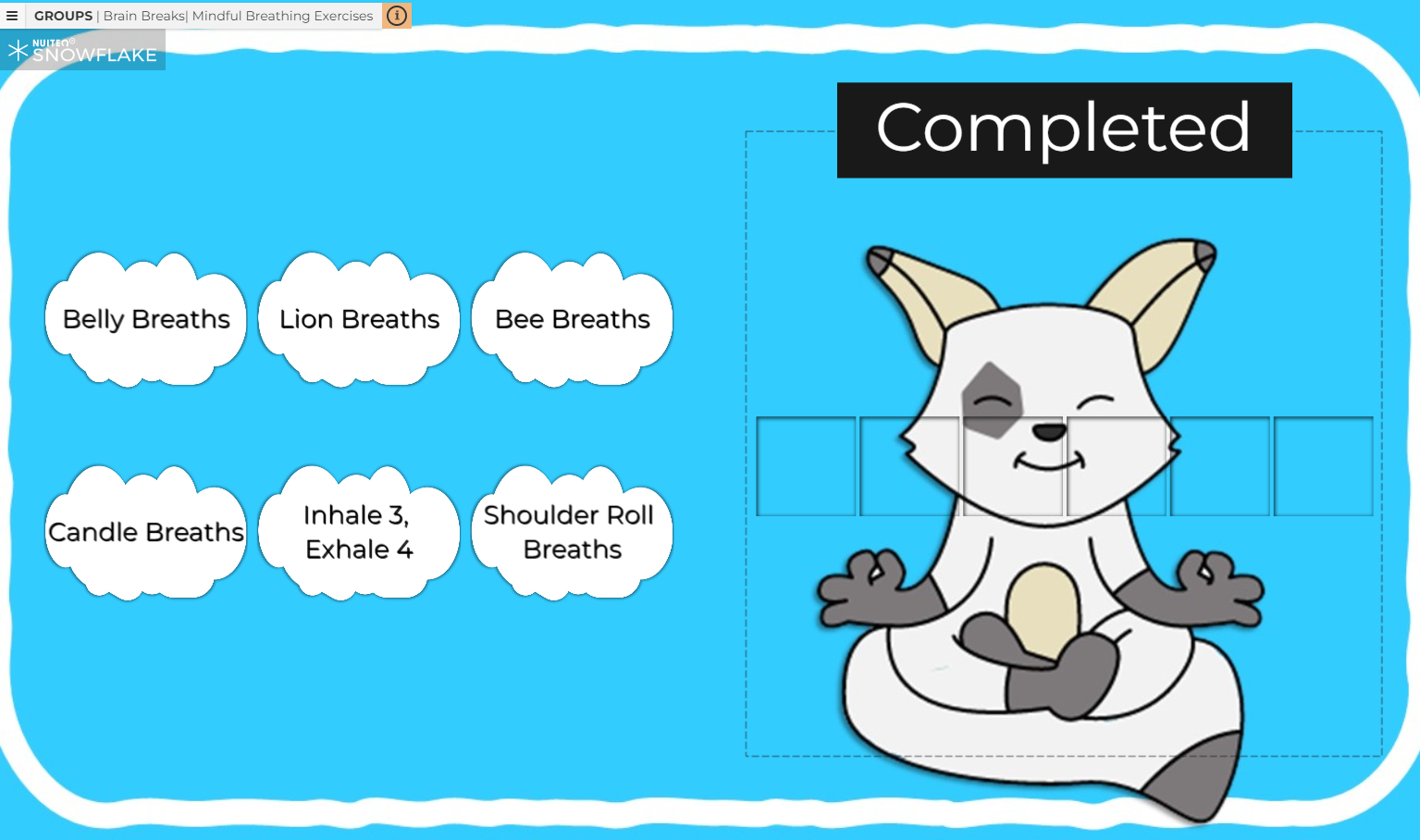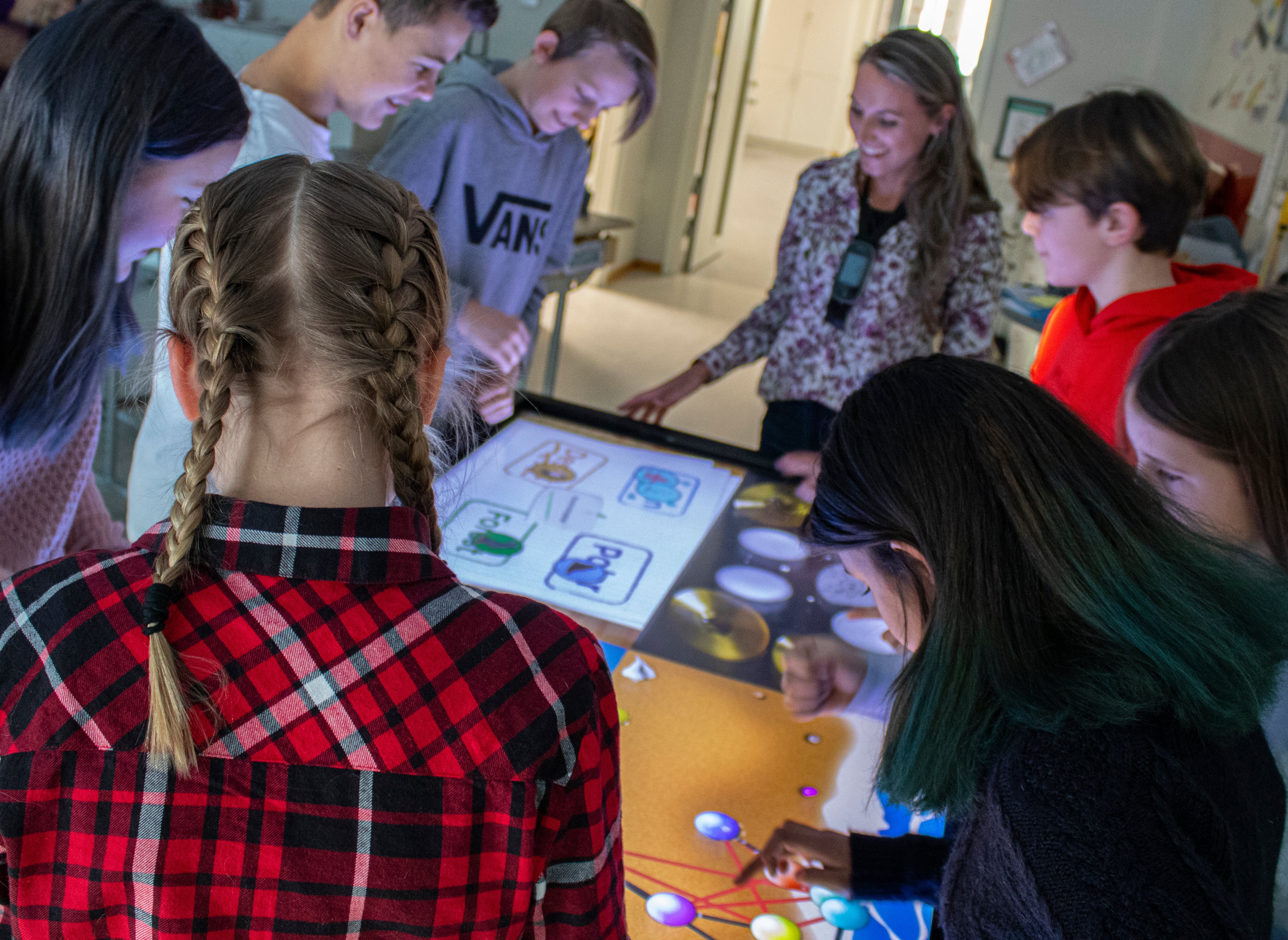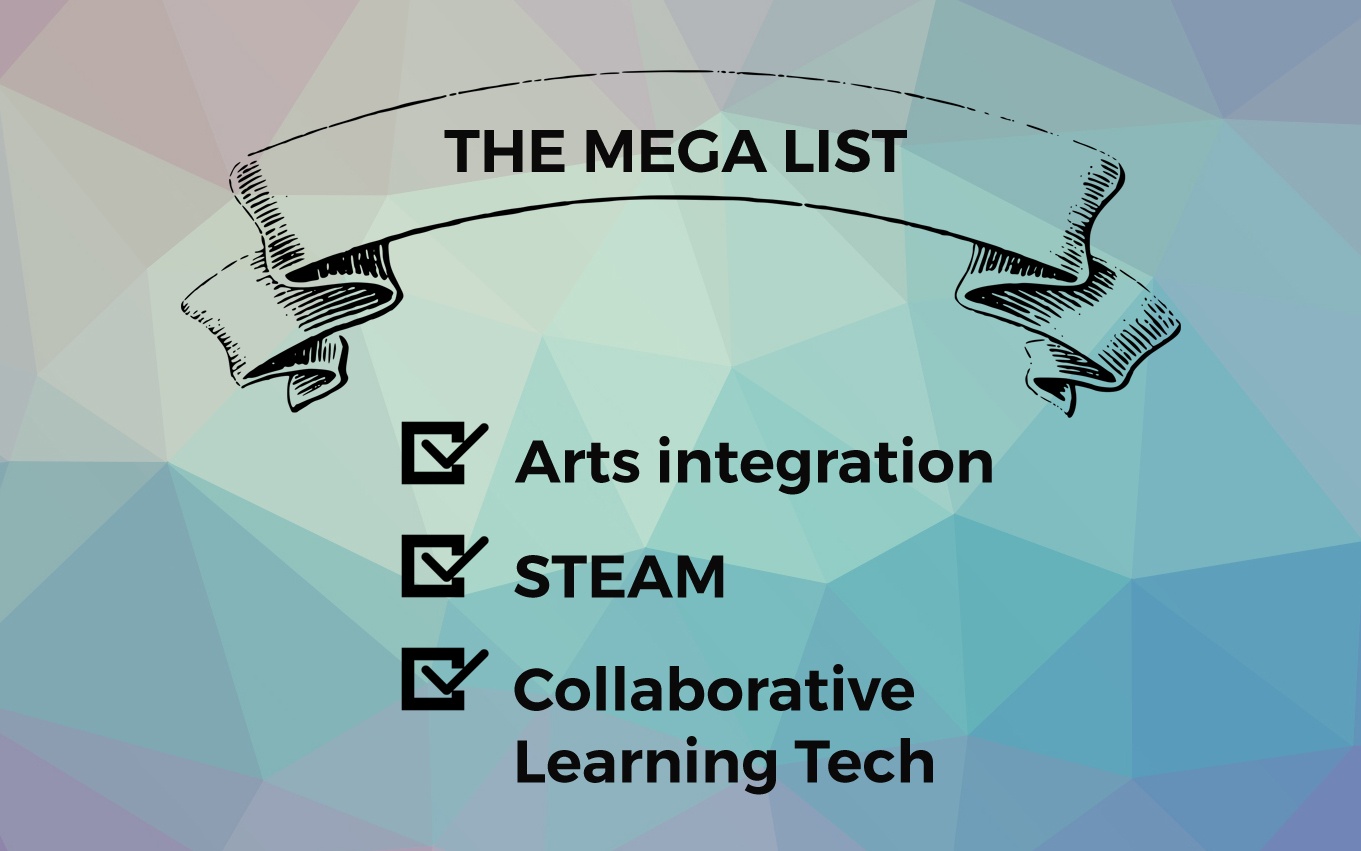Research conducted by the university of Lund in Sweden has shown that there are three important indicators that teachers should take into consideration before they decide which digital learning resource to invest in:
- The resource discourages the use of the trial-and-error method, where students click on the answers randomly until they find the right one.
- The resource gives students feedback that’s more informative than just “correct” and “incorrect”.
- The resource is adaptive.
According to the research, these three indicators’ existence in a digital learning resource can determine how much students learn, and thus the ability of a digital learning resource to actually deliver what it promises. NUITEQ Snowflake is the educational software that helps teachers provide meaningful learning experiences to their students.
Less trial-and-error, more exploration and curiosity
Randomly selecting answers until one happens upon the correct one does not lead to meaningful learning. A much better way to acquire and test one’s knowledge is open-ended questions that are thought-provoking and require carefully considered answers. In addition to a wide range of curriculum-aligned lesson plans, NUITEQ Snowflake offers teachers 16 different lesson activity templates, which they can use to build their own engaging educational activities. Many of these templates are suitable for asking open-ended questions and promoting students’ natural curiosity and willingness to explore. The Sentences template, for instance, allows students to move the words in a sentence around and experiment with sentence structure, which is ideal for young students and language learners of all ages alike. These lesson activities can also be used in lists; the list feature gives teachers the means to incorporate all areas of the Universal Design for Learning principles in their instruction and facilitates students' demonstration of mastery of a concept, by letting them use multiple means of action and expression.
In addition to offering open-ended question lesson activity types, NUITEQ Snowflake provides teachers with the ability to send a lesson activity to students’ accounts as an assessment, which essentially makes it impossible for students to use the trial-and-error method to complete it. Students only get one chance to answer each question, and the software does not give students immediate feedback; students get a summary of their results after the completion of the whole activity.
Informative and formative feedback
Moreover, sending lesson activities to students’ accounts as assessments with NUITEQ Snowflake helps teachers monitor their students’ progress. Upon the activity’s completion, not only can teachers get an overview of the whole class’s results, but also look closely at every individual student’s results. These results give the teacher an item-level analysis: information about exactly which questions the student got right and which they got wrong, to which they can then leave feedback. Feedback can be left in three different forms, to accommodate both teacher and student needs: by text, by audio and by video. This allows teachers to give their students formative feedback in order to identify areas of improvement and to suggest further actions. Students can in turn respond to this feedback if they need clarifications or have questions.
Adaptive or adaptable?
Adaptive technology has been advancing lately, and with it the hope of better personalized learning. Software that automatically adapts the difficulty level to suit each student’s needs has been the goal after which to strive. However, we should be careful with placing all our faith into adaptive software. Adaptive software is not a magic bullet; we can’t just give students a computer and expect them to learn. Teachers whose students have been using adaptive software to learn have reported that students quickly lose interest in their studies. It is almost as if the incentive to keep “leveling up” isn’t there, and the reason for it might very well be the absence of human interaction (there is a great body of evidence that supports the importance of student-teacher rapport for students' academic results. Here is an overview).
Without teacher guidance and encouragement, without someone who can awaken students’ curiosity and explain why they are doing what they are asked to do, or demonstrate how the subject of their learning is connected to their real-life experiences, and go through what their personal learning goals are and how to achieve them, students are left to fend for themselves without any idea why. Adaptive technology can also never be truly adaptive, in the sense that a machine can never fully see an individual student’s needs. A machine can never inject relevance into a drill to make it meaningful. Only a human can do that: the teacher.
If there is one thing the aftermath of the pandemic taught us about the importance of the human factor in learning, it is this: students need their teachers and their classmates. They need someone who understands their needs, someone who can guide them if they need it, someone to collaborate with. Learning doesn’t take place in a vacuum, and personalizing instruction is more than just making a test easier or harder. Students need to be active participants in their learning, not passive test-solvers. NUITEQ Snowflake encourages human interaction and gives teachers the tools to help students create their own individual path to learning. After setting clear academic goals for their students, teachers can easily find lesson plans and materials that will help these students in the NUITEQ Snowflake Community library. As students progress, teachers can suggest more challenging, meaningful tasks - or students can find them themselves, based on their own interests and experiences. At the heart of these activities is collaboration between students. Most of the lesson plans require that students work together to solve problems, seek knowledge, experiment and learn from each other.
So, instead of adaptive software, how about software that is adaptable, malleable in the hands of teachers? How about handing over the controls to teachers and giving them the freedom they need to support each and every student in their path towards academic success? How about providing them with tools that allow them to make small, large or no changes to existing materials, to add or remove elements from them such as text, video, images and sound, to create bespoke versions of each activity that challenge students just enough and usher them onto the next level, a level that is not predetermined, one-size-fits-many, but a level that’s unique to each student? This, and more, is the essence of NUITEQ Snowflake.
When it comes to learning quality, NUITEQ Snowflake ticks all of the boxes. Find out how with a free 60-day trial today!


 Sho stick
Sho stick


